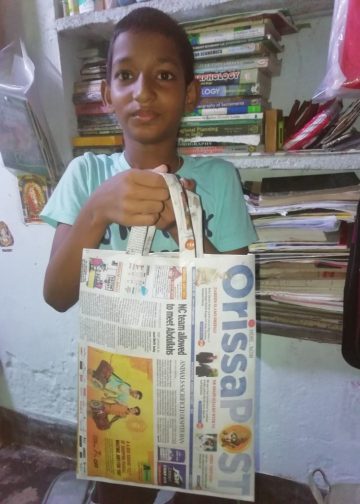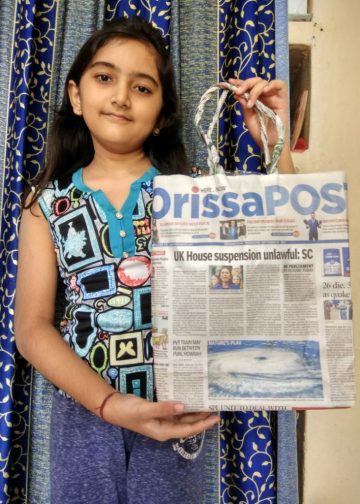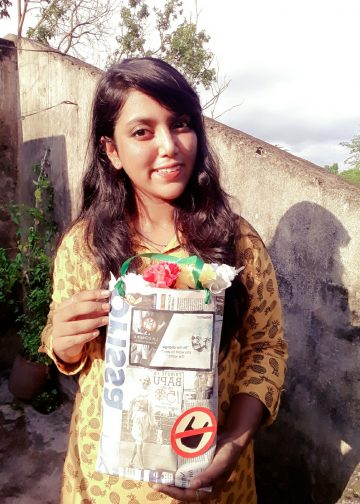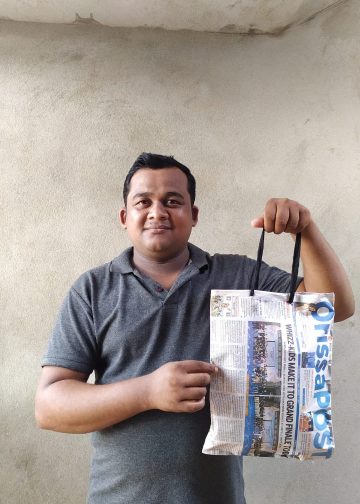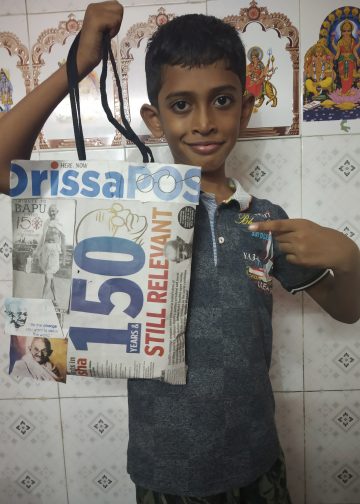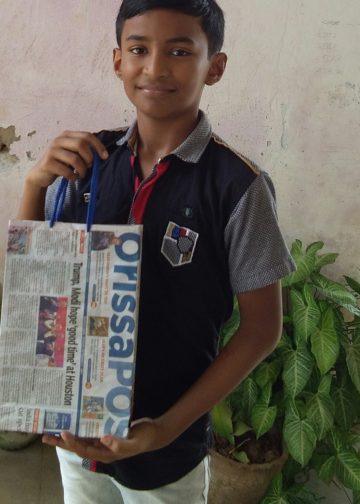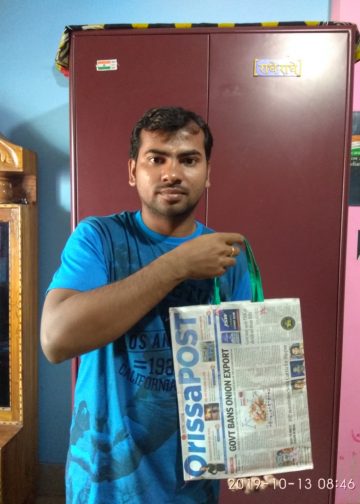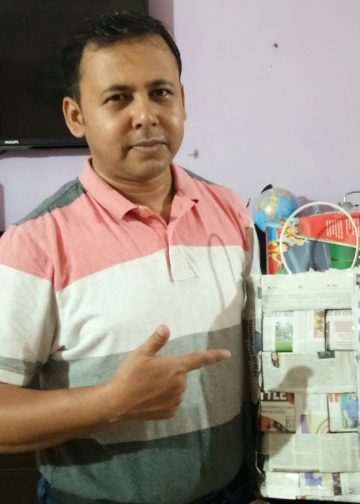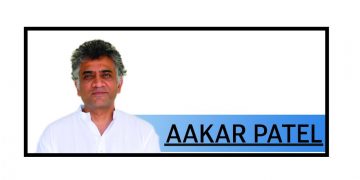Health and fitness advisors often emphasise the need to have seafood for better muscles as they are high in protein and good for weight loss, among other things. A few have studied the immense risks to health that come with eating seafood.
Mali Ston is an Adriatic Sea coastal town in Croatia, known all over the world for its unique farmed oysters, of which 5 million sell every year. For centuries, rows of oyster-filled underwater farm beds have spread through the bay. An annual oyster tasting feast has tourists pour in. In 2019 they have had to cancel it because the Institute for Marine and Coastal Research in Dubrovnik has detected norovirus in the oysters. The virus has been caused by the sewage from the town pouring in all these years into the bay.
Norovirus is dangerous; it causes over 20 million illnesses and hundreds of deaths annually. Symptoms, which include chronic vomiting and diarrhoea, can become very severe, very quickly, requiring emergency treatment. Flame-grilled carp, seasoned with sauces and known as masgoof, is Iraq’s national delicacy. Iraq produces 29,000 tonnes of carp each year, grown in farms along the Euphrates river. In 2018, millions of carp died overnight in the fish farms. Samples of the dead fish, the water and sediment, sent to laboratories, confirmed that the fish died of a virus caused by low temperatures, overstocking of fish farms and polluted river water. Warnings have been issued by the government to not eat carp. Seafood is responsible for a large proportion of food-borne illnesses. These are caused by a variety of bacteria, viruses and parasites. Chemicals, metals, marine toxins and infectious agents have been found in seafood. The illnesses caused by these agents range from mild gastroenteritis to life-threatening conditions.
Seafood includes molluscs (oysters, clams, and mussels, among others), finfish (salmon, tuna and such), marine mammals (seal, whale and others), fish eggs (roe), and crustaceans (shrimp, crab, and lobster among them). Some seafood commodities are inherently riskier than others, depending on the environment from which they come, their mode of feeding and how they are prepared and served.
All seafood is susceptible to surface, or tissue, contamination. Bivalves feed by filtering large volumes of seawater. During this process, they can accumulate and concentrate pathogenic microorganisms. Contamination of seafood by pathogens can occur when areas are contaminated with human sewage. Additionally, seafood may become contaminated during handling, processing, or preparation.
Unlike meat and poultry, which are usually fully cooked, seafood is often consumed raw, or prepared in ways that do not kill organisms. Seafood has been implicated in so many outbreaks of illnesses that data is collected by official agencies in every country. The Food and Veterinary Office of the European Union has initiated a Rapid Alert System for food. The source of danger, and the country of origin, are reported.
Between 1992 and November 1997, the 71 seafood alerts from this system represented 42.5 per cent of all food alerts. The seafood products implicated mussels, tuna fish products, oysters, squid, raw sole, shrimp, octopus, shellfish, crawfish, scallops, cuttlefish, anchovy, Nile perch, bivalve molluscs, king prawn, salmon, mullet fillets, canned fish and clams.
These alerts have doubled and tripled since. Thirty-three different countries had exported seafood or fish on which an alert was reported. The highest alerts were received on fish sent from India. So you can imagine the state of seafood being sold within India. 34 people died from poisoning by shellfish, and fish in Japan, in the 1,475 outbreaks of poisoning (33,253 cases) reported between 1987-96.
In Canada, 29 different species of fish and shellfish, and/or seafood products, were implicated in seafood-borne illnesses. The top five in number of outbreaks were mussels, clams, tuna, barracuda and marlin. They represented 56 per cent of the outbreaks. The others were whelk, mahimahi, mackerel, swordfish, crab meat, salmon, oysters, clams and dips, haddock, halibut, sole fillets, sharks, scallops, pollock, chicken haddie, shrimp, quahogs, kippers and parrotfish/doctorfish.
Ten countries, that had exported these fish to Canada, were implicated. India was among them. In the United States, from 1973 to 2006, over 500 outbreaks involving thousands of people, have taken place. Forty-nine per cent were due to infectious agents generally associated with faecal pollution, and 46 per cent were from agents associated with processing and preparation. Some of the pathogens responsible for seafood infections are: Vibrio bacteria, which cause outbreaks of gastroenteritis. Symptoms include watery diarrhoea, abdominal cramps, nausea, and vomiting.
V. vulnificus is particularly virulent, especially among patients with liver disease and iron storage disorders, who are at increased risk of invasive disease. Infections can lead to sepsis and severe wound infections. The fatality rate is about 50 per cent for bloodstream infections and 25 per cent for wound infections. In January 2007, vibriosis became a nationally notifiable disease.
Salmonella bacteria cause acute gastroenteritis, with symptoms including diarrhoea, abdominal cramps and fever. Seafood-associated outbreaks have been caused by fish, shrimp, oysters and clams. Shigella bacteria in fish come from sewage in the water. Clinical manifestations range from watery, loose stools, to more severe symptoms, including fever, abdominal pain and bloody diarrhoea.
Complications include seizures in young children, toxic megacolon, Reiter’s syndrome, and haemolytic-uremic syndrome. Clostridium botulinum, which is characterised by an acute paralysis. Early signs and symptoms of botulism often include twitching, slurred speech, and difficulty in swallowing, progressing to descending weakness and paralysis. Foods identified in outbreak investigations have included fermented or salted seafood, especially salmon and whale. Many outbreaks likely go unrecognised and are not investigated. Contamination through sewage is a very common practice around the world, and especially in India. Overboard sewage discharge into seafood harvest areas, illegal harvesting from sewage-contaminated waters, and sewage runoff from land after heavy rains or flooding, are the many ways in which this happens. Right from the production phase to packaging, transport and consumption, seafood is likely to be contaminated with bacteria, viruses and fungal infections. Intensive fish farming, which involve massive crowding of fish into pens, has substantially enhanced the incidence of seafood diseases in India and abroad. At the processing and packaging stage, seafood is often exposed to unhygienic handling by workers, bad storage conditions, irregular temperatures, the addition of preservative compounds.
With a heavily globalised food trade, the long journey seafood takes before reaching our plates drastically increases the chances of it becoming dangerously contaminated. At the consumption stage seafood is often prepared in ways that do not kill organisms, or even many times eaten undercooked or raw — making it a particularly dangerous food.
It is important that you understand the consequences of seafood consumption. If not for reasons of sustainability and animal welfare, look at seafood in terms of your own immediate health. People with underlying medical conditions such as liver disease, diabetes, or immuno-suppressing conditions, are at higher risk of acquiring severe infection and should be especially careful. As the waters grow warmer, seafood will get more and more dangerous to eat.
To join the animal welfare movement, contact gandhim@nic.in, www.peopleforanimalsindia.org.










